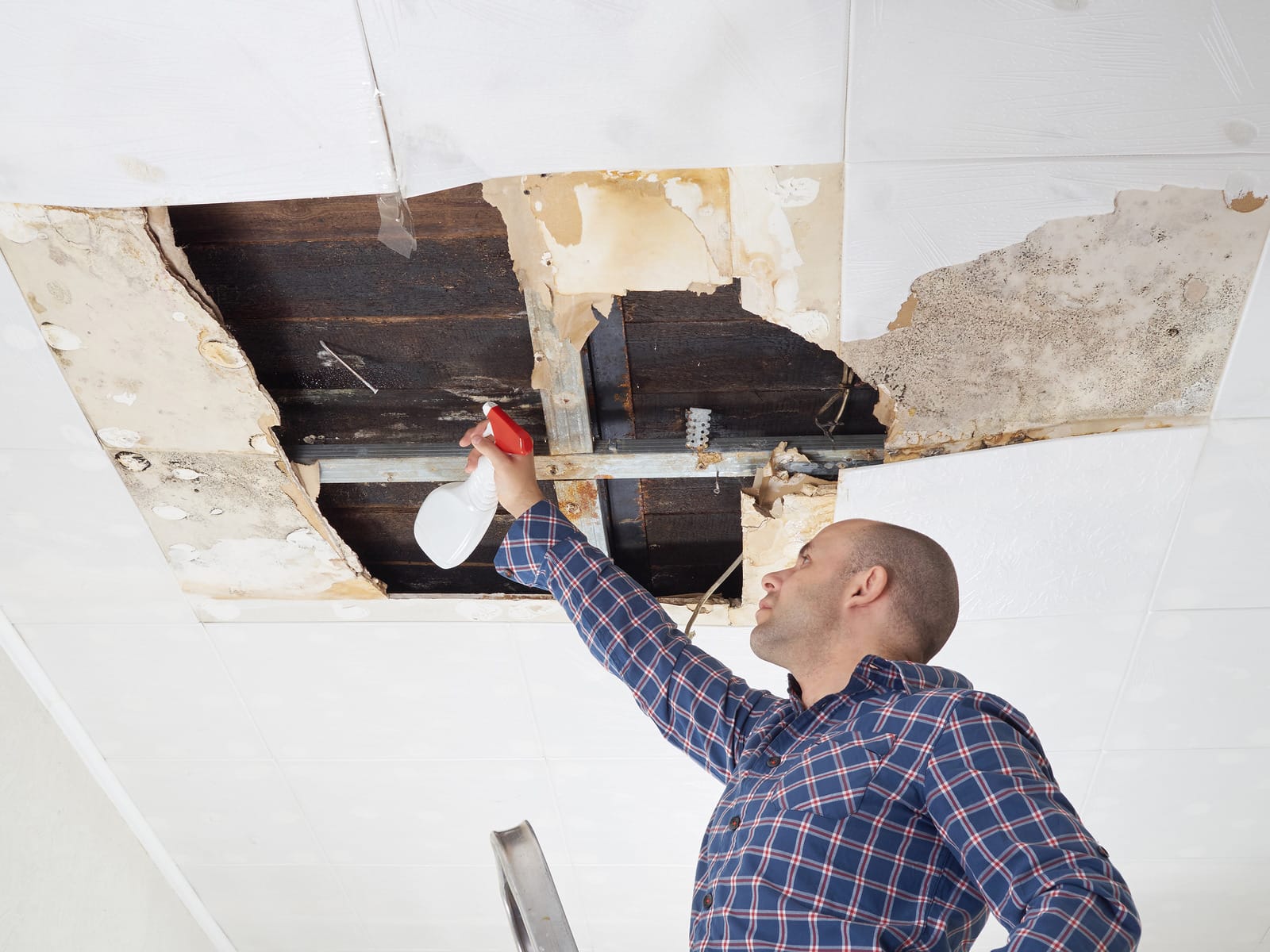
Mold is a common problem that affects many commercial properties. It is a type of fungus that grows in damp, humid conditions and can cause serious health problems for people who are exposed to it. If you own or manage a commercial property, it's essential to know how to handle mold to keep your property safe and healthy for your employees and customers.
Identify the Source of the Mold
The first step in handling mold is identifying the source of the problem. Mold thrives in damp and humid conditions, so the most common sources of mold in commercial properties are leaks, floods, and high humidity levels. Look for signs of water damage, such as stains or discoloration on walls or ceilings, musty odors, or visible mold growth.
It's important to identify the source of the mold before you start cleaning it up. If you don't fix the underlying problem, the mold will just come back. For example, if you clean up mold on a wall but don't fix the leak that caused it, the mold will likely return.
Contain the Mold
Once you've identified the source of the mold, the next step is to contain it to prevent it from spreading to other areas of your property. Mold can spread quickly and easily, especially if it's disturbed, so it's important to take precautions to contain it.
One way to contain mold is to seal off the affected area. Use plastic sheeting to create a barrier between the affected area and the rest of your property. This will help prevent mold spores from spreading to other areas.
Another way to contain mold is to use negative air pressure. This involves using fans to blow air out of the affected area, which creates a vacuum that pulls air from other areas into the affected area. This helps prevent mold spores from spreading to other areas.
Clean Up the Mold
Once you've contained the mold, it's time to clean it up. It's important to use proper safety equipment when cleaning up mold, including gloves, a mask, and goggles. This will help protect you from exposure to mold spores.
There are several methods you can use to clean up mold, depending on the severity of the problem. For small areas of mold growth, you can use a solution of water and detergent to scrub the area. For larger areas of mold growth, you may need to use a commercial mold cleaner.
It's important to remove all visible mold growth, as well as any materials that have been affected by mold, such as drywall or carpeting. If you don't remove all the mold, it will just continue to grow and spread.
Prevent Future Mold Growth
Once you've cleaned up the mold, it's important to take steps to prevent it from coming back. This involves fixing any leaks or other sources of moisture that caused the mold in the first place.
You should also take steps to keep your property dry and well-ventilated. This can include using dehumidifiers to reduce humidity levels, repairing any leaks or water damage promptly, and ensuring that your property has adequate ventilation.
It's also important to regularly inspect your property for signs of mold growth. This can help you catch mold problems early, before they become more serious.
Conclusion
Handling mold in your commercial property is essential for maintaining a safe and healthy environment for your employees and customers. By identifying the source of the mold, containing it, cleaning it up properly, and preventing future mold growth, you can effectively handle mold problems in your property. If you're dealing with a serious mold problem, it's important to seek professional help to ensure that the problem is fully resolved.